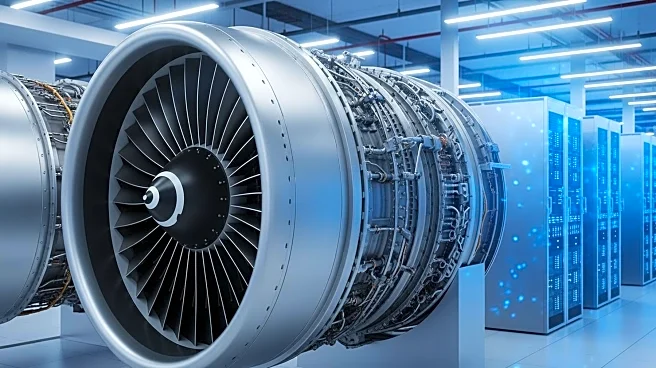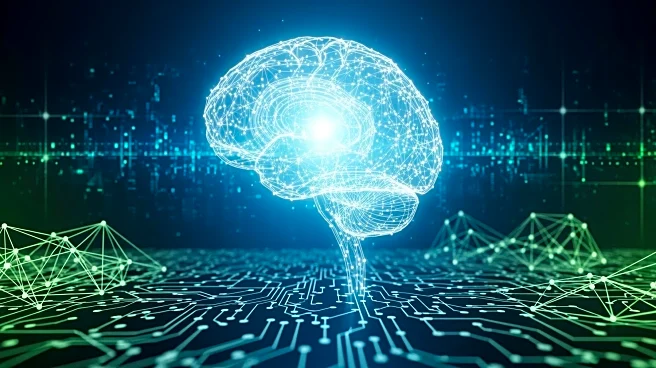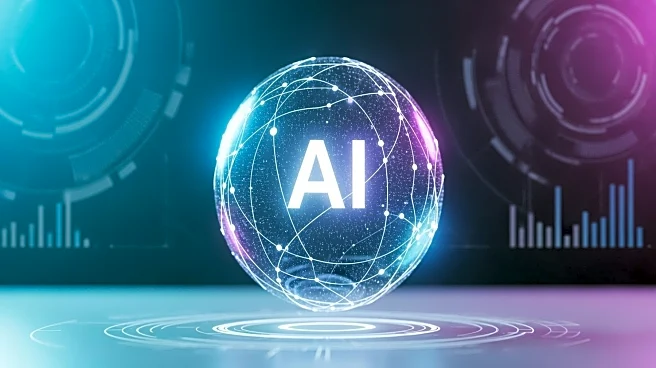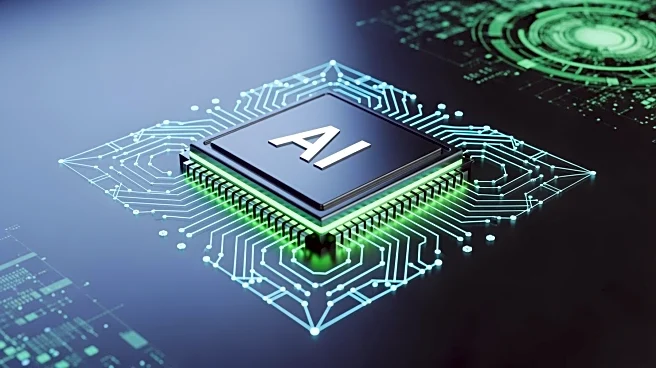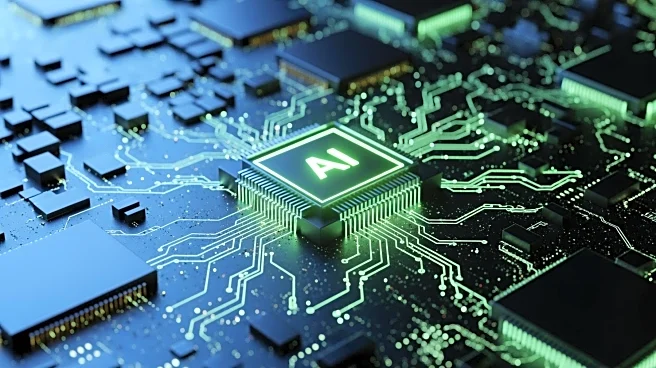What's Happening?
Bitcoin miners are increasingly pivoting their operations towards artificial intelligence (AI) workloads, leveraging their existing infrastructure to capitalize on the growing demand for high-performance computing. Companies such as IREN, Riot, TeraWulf,
and Cipher Miner are transitioning from traditional crypto mining to AI services, driven by the promise of better returns. The shift is fueled by the competitive nature of bitcoin mining and the volatility of bitcoin prices, which have squeezed profit margins. The pivot to AI is seen as a more sustainable and profitable venture, with miners utilizing their land, energy, and data centers to support AI workloads.
Why It's Important?
This strategic shift by bitcoin miners represents a significant change in the industry, as they adapt to the evolving technological landscape. The move towards AI could lead to increased profitability and stability for these companies, as AI demand continues to rise. This transition also highlights the broader trend of industries adapting to technological advancements and finding new revenue streams. The impact on the stock market has been positive, with shares of companies involved in AI services experiencing substantial growth.
What's Next?
As bitcoin miners continue to pivot towards AI, we can expect further investments in high-performance computing infrastructure. The demand for AI services is likely to grow, providing opportunities for miners to expand their operations and partnerships with major tech companies. The industry will be closely monitoring the success of these transitions and the potential for further innovation in AI applications.
Beyond the Headlines
The shift from bitcoin mining to AI services reflects broader economic and technological trends, where companies are seeking to diversify and capitalize on emerging markets. This transition may influence other sectors to explore similar opportunities, driving innovation and competition in the AI space. The long-term implications could include changes in employment patterns, investment strategies, and technological development.


